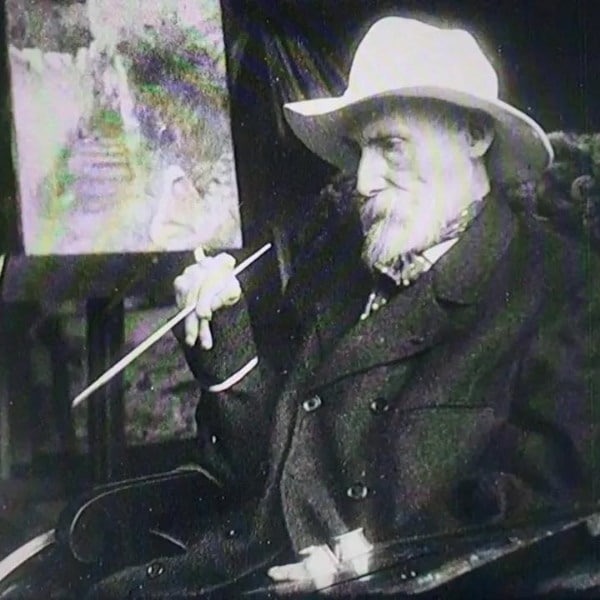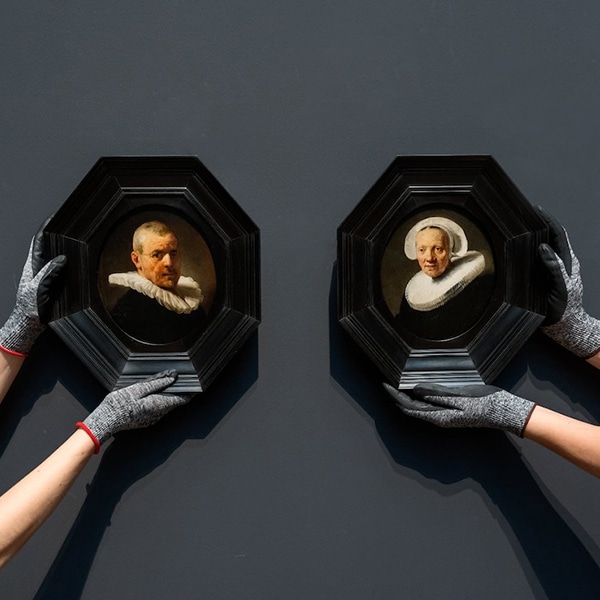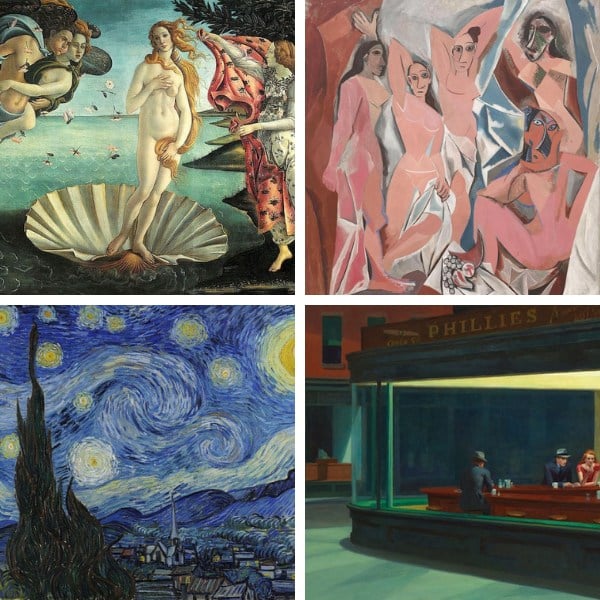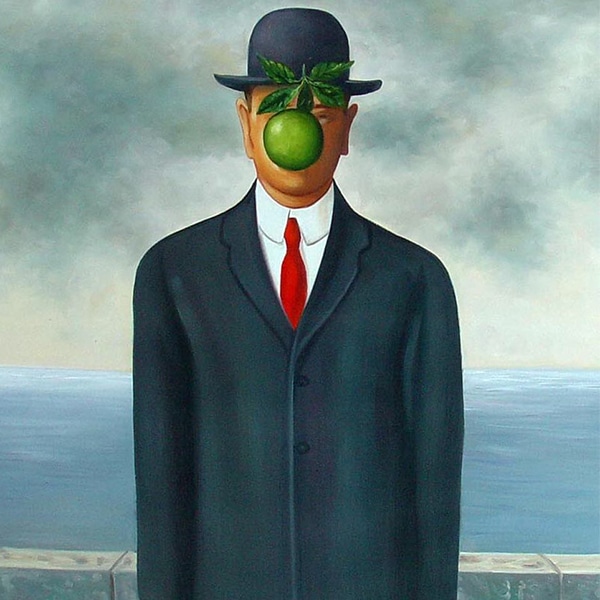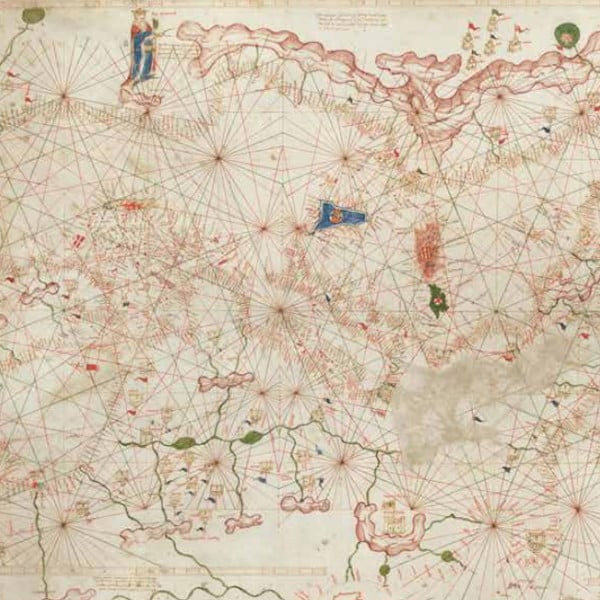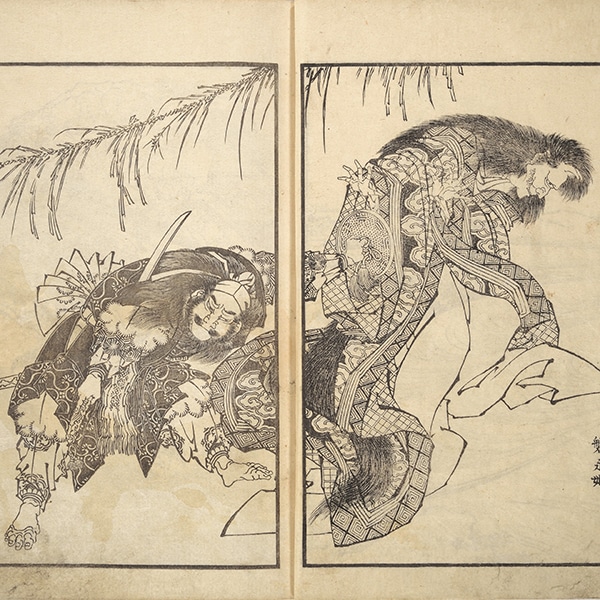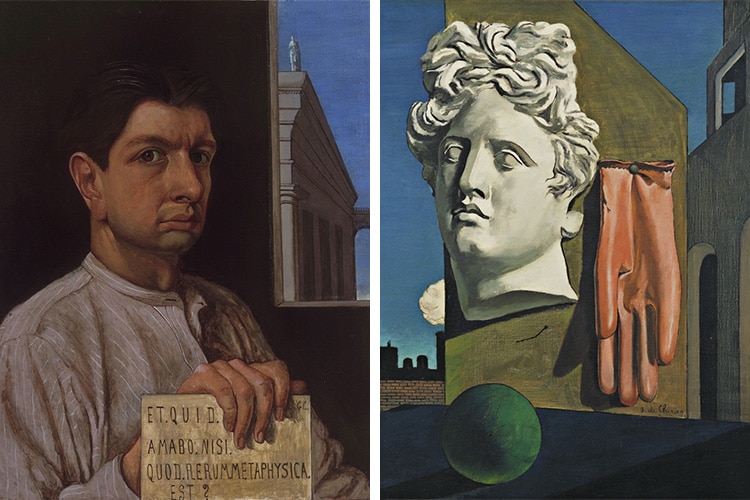
Before Surrealism emerged in the 1920s, there was another avant-garde movement that greatly influenced its trajectory. Called metaphysical art, this style of painting sought to depict dreamlike spaces suspended in mystery. The artist at the forefront of this movement was Giorgio de Chirico.
An Italian born in Greece, de Chirico was greatly inspired by the classical architecture and cityscapes he saw in Florence and Turin and began creating images based on these cityscapes in the 1910s. Using a realistic style, he juxtaposed quiet and sometimes cryptic environments with equally enigmatic figures and seemingly random objects to curate intriguing depictions of places with no specific time or location. French poet and art critic Guillaume Apollinaire aptly called this style “metaphysical” when he saw de Chirico's art in 1913, and promptly brought it to the attention of the Surrealists.
Here, will learn more about de Chirico and metaphysical art.
Who Was Giorgio de Chirico?
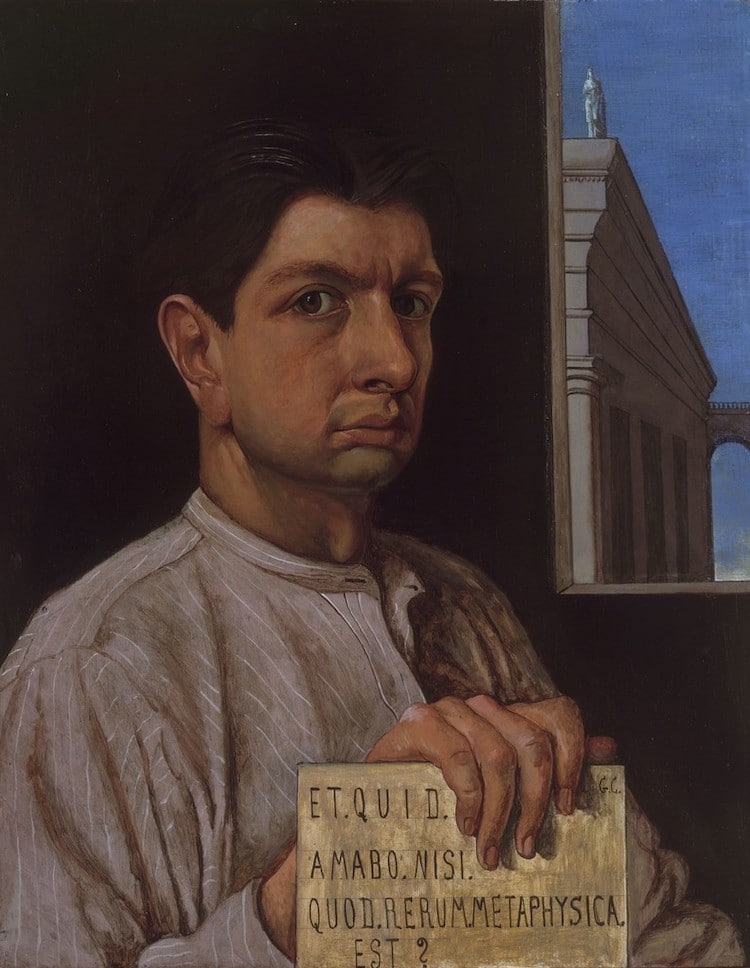
Giorgio de Chirico, “Self-Portrait,” 1920 (Photo: Artsy, PD-US)
Giorgio de Chirico (1888–1978) was an Italian 20th-century artist best known for founding the style called metaphysical art, or metaphysical painting.
Born in Greece to an Italian noble family, de Chirico studied drawing and painting at Athens Polytechnic and continued his education at the Academy of Fine Arts in Munich. His travels to Florence and Turin sparked an interest in deserted cityscapes, which became the impetus for the metaphysical style.
Metaphysical Art
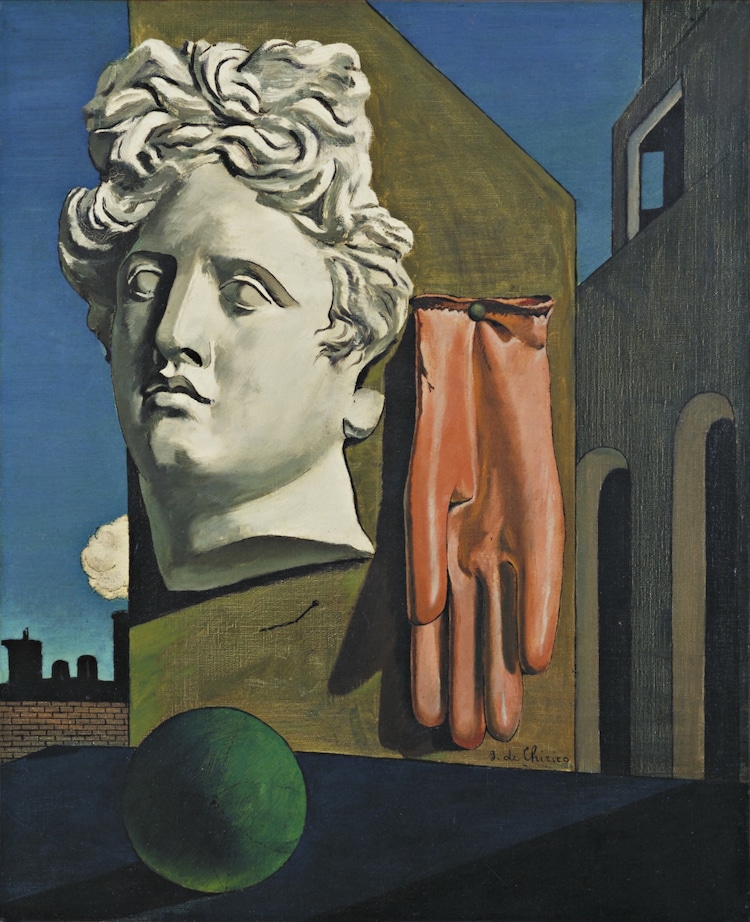
Giorgio de Chirico, “The Song of Love,” 1914 (Photo: MoMA, PD-US)
Founded in 1910, metaphysical art is a painting style focused on representing ambiguous, empty spaces that are not tethered to any clear point in time or place. While de Chirico is credited with inventing the aesthetic of this movement in 1910, the school and principles of metaphysical art were formalized with the help of his younger brother Alberto Savinio and Futurist artist Carlo Carrà.
While de Chirico only worked in this style for less than 10 years, it had a lasting impact on Surrealist artists like Max Ernst and Salvador Dalí. In fact, when René Magritte saw The Song of Love, he was quoted as saying it was “one of the most moving moments of my life: my eyes saw thought for the first time.”
Characteristics of Metaphysical Art
Classical Architecture
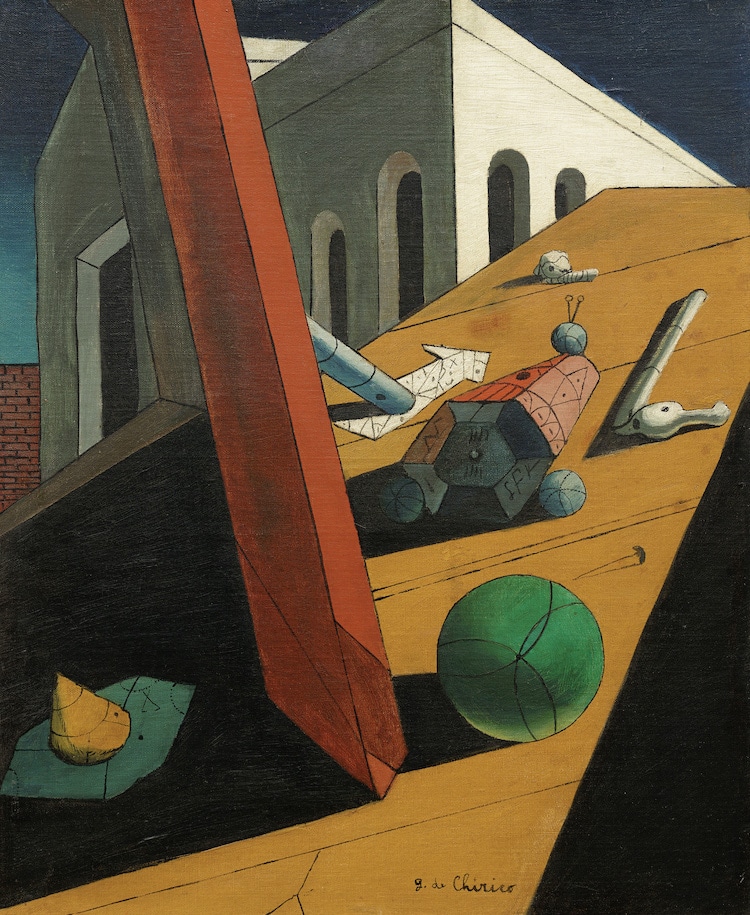
Giorgio de Chirico, “The Evil Genius of a King,” 1914–1915 (Photo: MoMA, PD-US)
One of the most defining features of metaphysical art is the use of classical architecture or architectural elements to define the scene. These structures often appear cold and disjointed, as though they are uninhabited, situated amidst long angled planes of space. De Chirico uses rows of archways and columns to direct the viewer's eye across the uncertain landscape.
Strong Contrast between Light and Shadow
Giorgio de Chirico, “The Red Tower,” 1913
Another key characteristic of metaphysical art is the strong contrast between light and shadow. This severe lighting contributes to a suspenseful atmosphere, with dark shadows stretching across the vacant ground.
Mannequin Figures
Giorgio de Chirico, “The Seer,” 1914-1915
While most of de Chirico's metaphysical images are devoid of real human life or hint at it far away in the distance, he often included mannequin-like figures with no facial features. These anonymous bodies imbue the setting with a sense of anonymity and mystique. It is hard to say where and when these strange figures exist.
Crowded Rooms
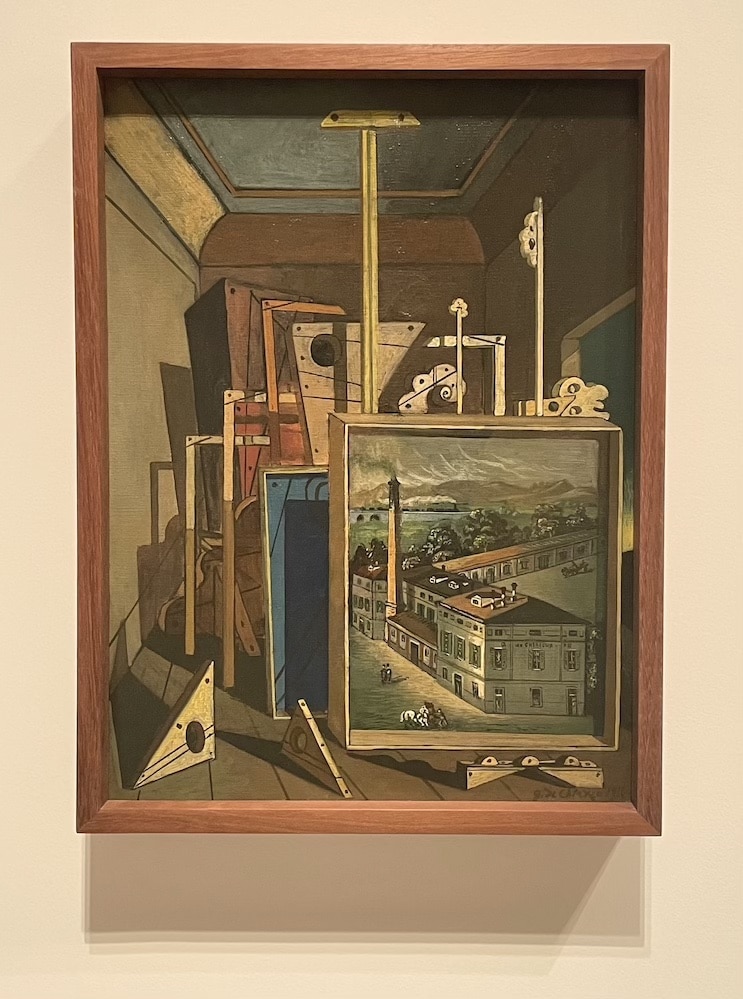
Giorgio de Chirico, “Memory of Turin,” 1916 (Photo: Margherita Cole | My Modern Met)
In addition to depicting sparse environments, de Chirico also created metaphysical paintings portraying small crowded rooms packed with objects. These claustrophobic images were a strong contrast to the artist's previous works—which relied on large areas of empty space.
Late Art
Giorgio de Chirico, “The Disquieting Muses,” 1947
After WWI, de Chirico moved away from metaphysical art in pursuit of a style inspired by Peter Paul Rubens, dubbed neo-Baroque. And while he struggled to find success in this later style, his earlier work continued to amass praise from Surrealists like writer André Breton, who discovered de Chirico's metaphysical paintings in galleries in Paris.
His development of metaphysical art had a lasting influence on modern art and future art movements.
Related Articles:
What Is Cloisonnism? This Post-Impressionist Style Is Inspired by Stained Glass and Japanese Prints
What Is Fresco Art? Exploring the Ancient Technique of Painting on Plaster
10 Important Impressionist Painters Who Shaped the Iconic Movement
Here’s Where 20 of Art History’s Most Famous Masterpieces Are Located Right Now

![Giorgio de Chirico - The Seer [1914-15]](https://live.staticflickr.com/7213/6861854050_793a31e593_b.jpg)












































































